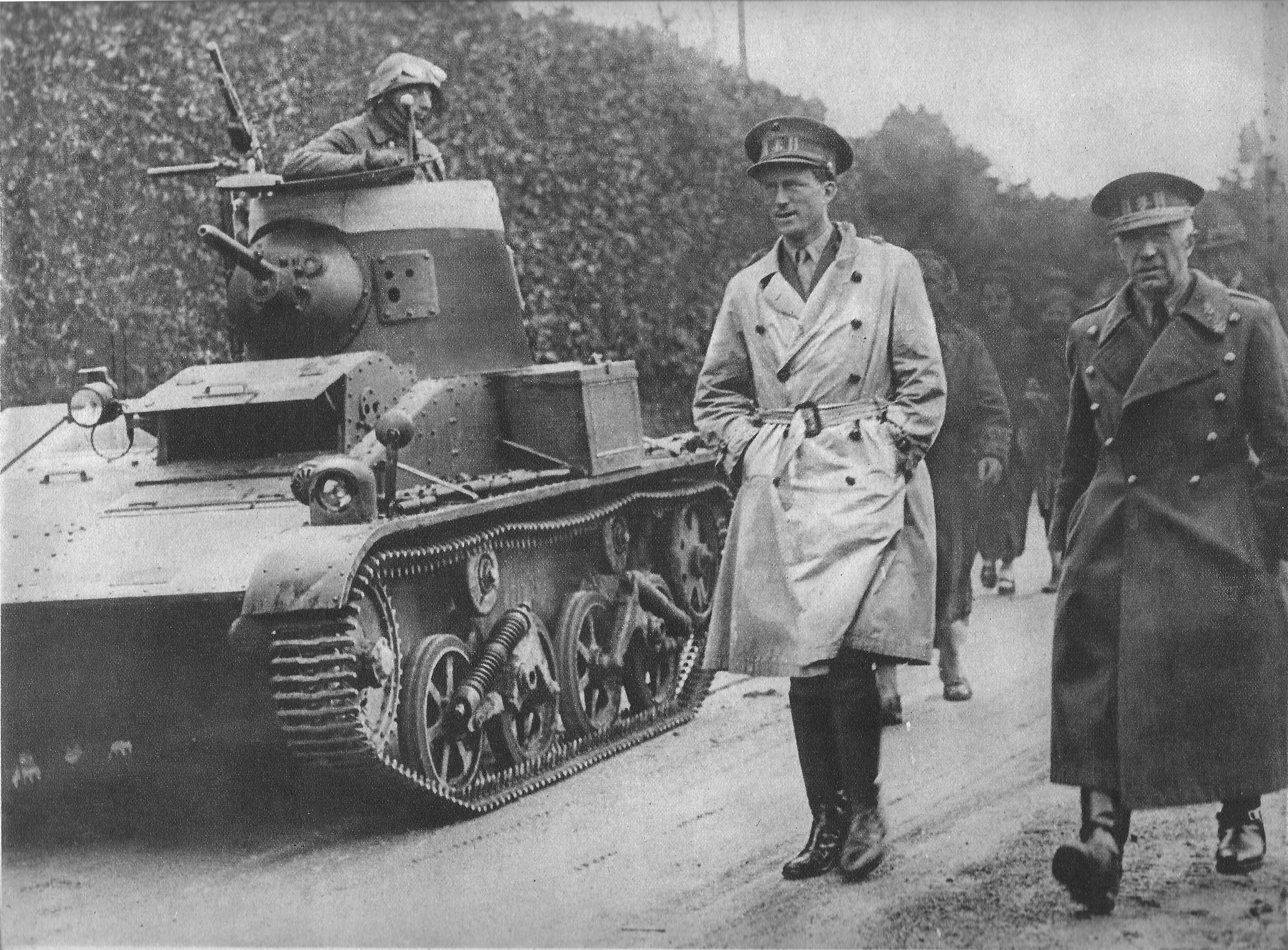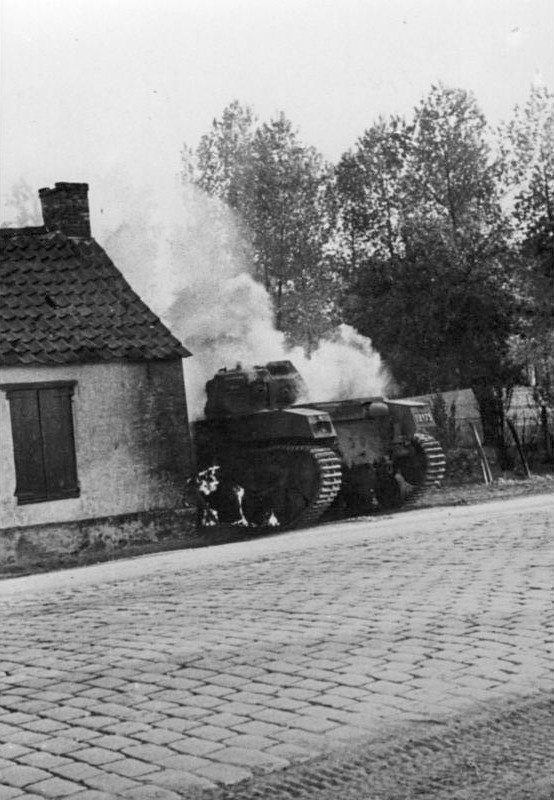Belgian armoured fighting vehicles of World War II on:
[Wikipedia]
[Google]
[Amazon]
The Belgian Army had approximately 200 combat vehicles at the time of the German invasion in May 1940. The vehicles were distributed among infantry and
 The T15 was a version of the British
The T15 was a version of the British
 The Renault
The Renault
Page about Belgium Armor (select Belgium from the menu on the side)
{{Webarchive, url=https://web.archive.org/web/20131030052248/http://mailer.fsu.edu/~akirk/tanks/ , date=2013-10-30
wwiivehicles.com page Belgium
Armoured fighting vehicles of Belgium World War II armoured fighting vehicles of Belgium
cavalry
Historically, cavalry (from the French word ''cavalerie'', itself derived from "cheval" meaning "horse") are soldiers or warriors who fight mounted on horseback. Cavalry were the most mobile of the combat arms, operating as light cavalry ...
divisions for use as support weapons. The Belgian Army viewed their combat vehicles as defensive weapons. The practice of spreading out combat vehicles in so called "penny packets" (also used in the French Army at the same time) left them at a disadvantage against the German invaders, who concentrated their armour into organic units that could act on their own and that outnumbered the opposing vehicles even if units of the same type met.
The Belgian Army had started to motorize its cavalry in 1936, spending 200 million Belgian Francs in the process.
Tanks
T15 light tank
 The T15 was a version of the British
The T15 was a version of the British Carden Loyd tankette
The Carden Loyd tankettes were a series of British tankettes of the period between the World Wars, the most successful of which was the Mark VI, the only version built in significant numbers. It became a classic tankette design worldwide, was l ...
(''Char Léger de Reconnaissance'' Vickers-Carden-Loyd Mod.1934 T.15). They had a two-man crew and were armed with a French 13.2 mm Hotchkiss machine gun
The Hotchkiss 13.2 mm machine gun (french: Mitrailleuse Hotchkiss de 13,2 mm, ''Mle 1929'', ''Mle 1930'', etc), also known as the Hotchkiss M1929 machine gun, and the like, was a heavy machine gun, primarily intended for anti-aircraft use, d ...
in the turret. A total of 42 of these tanks were assigned to Belgian units.
T13 (tank destroyer, models B1, B2 and B3)
The T13 series was similar to the T15, with a main armament of a 47 mm anti-tank gun instead of a machine gun and of armour. They were regarded astank destroyer
A tank destroyer, tank hunter, tank killer, or self-propelled anti-tank gun is a type of armoured fighting vehicle, armed with a direct fire artillery gun or missile launcher, designed specifically to engage and destroy enemy tanks, often wi ...
s and except the first model (B1) had rotating turrets.
Total production for the T13:
* T13 B1, 35 produced as self-propelled guns, with a 47 mm gun at the rear behind a shield, with limited traverse.
* T13 B2, 21 produced. These started their life as unarmed Carden Loyd tankette
The Carden Loyd tankettes were a series of British tankettes of the period between the World Wars, the most successful of which was the Mark VI, the only version built in significant numbers. It became a classic tankette design worldwide, was l ...
s which were modified and equipped with a turret with a 47 mm gun in 1936.
* T13 B3, 150 produced, entered service in 1937 with a rotating turret and a revised suspension based on the Vickers Light Dragon
The Vickers Light Dragon was a fully-tracked British field artillery tractor made by Vickers-Armstrongs Ltd from 1929 to 1935. Designed to tow small-calibre field guns, it complemented Vickers' Medium Dragon tractor, which pulled medium to heavy ...
Mark IIB.
The Wehrmacht operated some captured T13s during the first years of the war, as the T13 had a more powerful main gun than the Panzer I and Panzer II, common German tanks in the early war years.
There is a T13 B2 on display at Brussels Tank Museum.
ACG-1 tank
 The Renault
The Renault AMC 35
The AMC 35 (from ''Automitrailleuse de Combat Renault modèle 1935''), also known under a manufacturer's designation Renault ACG-1, was a French medium cavalry tank of the later Interwar era that served in the Second World War. It was developed as ...
tank, known locally as the ACG-1, was armed with a 47 mm gun and a coaxial machine gun; 25 tanks were ordered, although only 10 were accepted into the Belgian army due to production delays. The Belgian ACG-1 and the AMC 35 had different turrets. Instead of waiting for the other tanks to arrive the Belgian army created the T-13 B3, also armed with a 47 mm C.47 gun. A squadron of ACG-1 was mobilised in 1939 but only 8 could be made operational of those in storage. The 47 mm main gun in the ACG1 was the same anti-tank gun then in service with the Belgian Army.
Renault FT tank
The Belgian army had 75 Renault FT tanks (of World War I vintage) at the start of World War II. The Belgian Army had two types of FT tanks, the ''Char canon'' armed with a short 37 mm Puteaux SA-18 gun and the ''Char mitrailleuse'' armed with a machine gun. Unlike the French Army, the Belgian Army had withdrawn all FT tanks from front line service before World War II. They remained in storage depots during the 1940 campaign.Post-1944
After the Belgian liberation in late 1944, the Belgian army used American and British equipment until the end of the war.See also
* Belgium in World War II * Order of battle of armour units of the Belgian Army in May 1940 *List of World War II military vehicles by country
A ''list'' is any set of items in a row. List or lists may also refer to:
People
* List (surname)
Organizations
* List College, an undergraduate division of the Jewish Theological Seminary of America
* SC Germania List, German rugby unio ...
* List of Belgian military equipment of World War II
The following is a list of Belgian military equipment of World War II which includes artillery, vehicles and vessels. World War II was a global war that was under way by 1939 and ended in 1945. On 10 May 1940, Nazi Germany, which aimed to dominate ...
Footnotes
References
* *Further reading
*External links
Page about Belgium Armor (select Belgium from the menu on the side)
{{Webarchive, url=https://web.archive.org/web/20131030052248/http://mailer.fsu.edu/~akirk/tanks/ , date=2013-10-30
wwiivehicles.com page Belgium
Armoured fighting vehicles of Belgium World War II armoured fighting vehicles of Belgium